Latest & Greatest

Peach Lemonade Refreshing Summer Drink Recipe
Looking for a cool and refreshing summer drink? Peach lemonade is just what you need! This simple recipe blends ripe
Read more…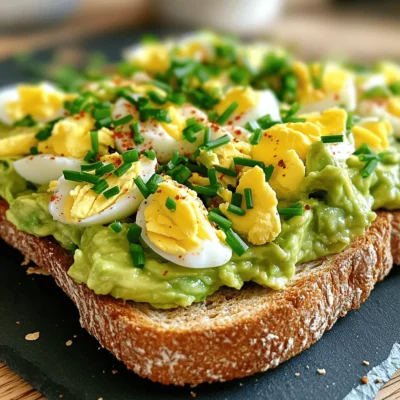
Avocado Egg Salad Toast Simple and Healthy Meal
Looking for a quick and healthy meal? Try my Avocado Egg Salad Toast! This dish combines creamy avocados with protein-rich
Read more…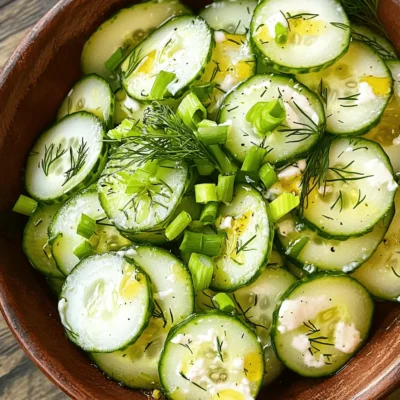
Polish Creamy Cucumber Salad Refreshing and Light Dish
Are you ready to discover a dish that perfectly balances freshness and creaminess? In this article, I’ll show you how
Read more…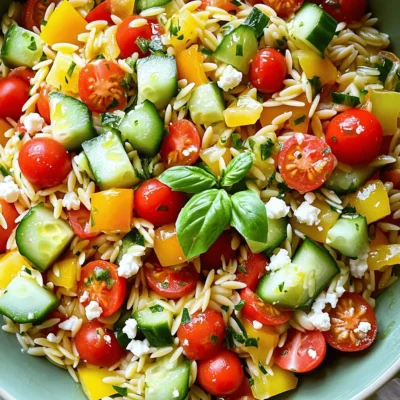
Orzo Summer Salad Fresh and Flavorful Recipe Ideas
Looking for a fresh and vibrant dish to brighten your summer meals? This Orzo Summer Salad is the perfect choice!
Read more…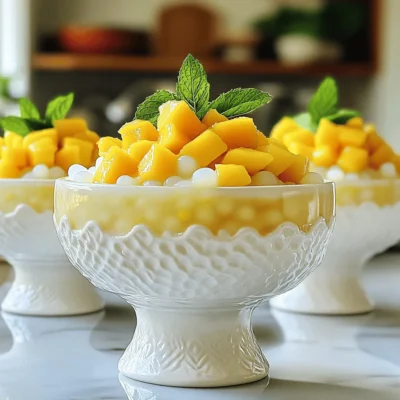
Mango Sago Dessert Pudding Delightfully Refreshing Treat
Craving a cool treat? Mango Sago Dessert Pudding is a delicious way to beat the heat! This tropical dessert combines
Read more…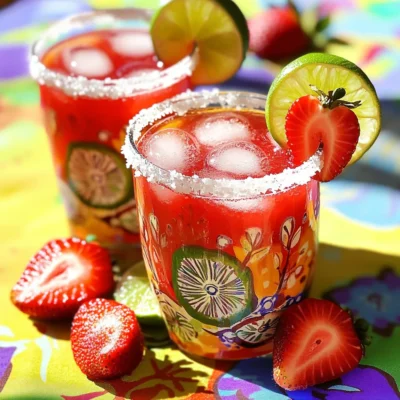
Strawberry Lime Margarita Mocktail Refreshing Treat
Are you ready for a refreshing treat that’s perfect for any occasion? Look no further than this Strawberry Lime Margarita
Read more…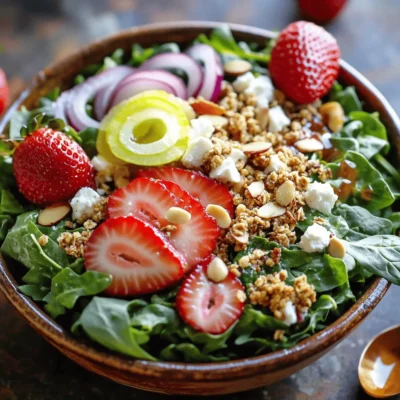
Strawberry Crunch Salad with Champagne Vinaigrette Delight
Looking for a fresh and vibrant salad that dazzles? You’re in the right place! My Strawberry Crunch Salad with Champagne
Read more…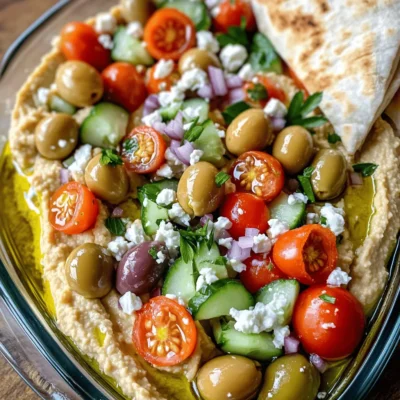
Greek Loaded Hummus Flavorful and Healthy Delight
Are you ready to elevate your snack game with a vibrant twist? Greek Loaded Hummus is not just a dish;
Read more…browse recipes
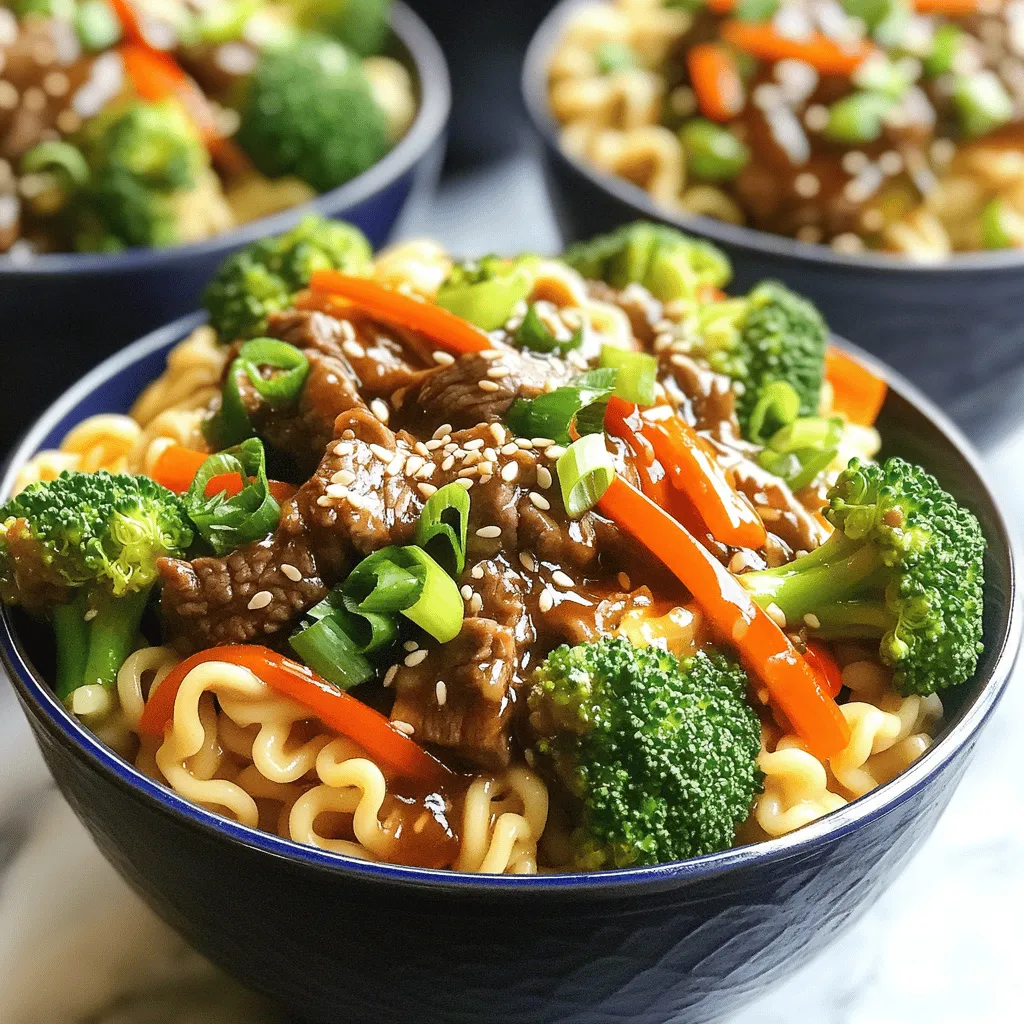
Mongolian Beef Noodles Flavorful and Easy Recipe
Are you craving a delicious meal that’s both quick and satisfying? Look no further! My Mongolian Beef Noodles recipe combines tender beef, vibrant veggies,…
My Latest Desserts
Fig Cake with Almond and Honey Delight Recipe
Are you ready to indulge in a delightful treat? My Fig Cake with Almond and Honey recipe combines rich flavors Read Full RecipeSimple Fig Jam Easy Recipe to Savor and Enjoy
Are you ready to make a burst of flavor with your next kitchen project? This Simple Fig Jam recipe is Read Full RecipeMini Vanilla Cream Tarts with Raspberries Delight
Welcome to the sweet world of Mini Vanilla Cream Tarts with Raspberries! Today, I’ll show you how to make these Read Full RecipeFrozen Yogurt Bark Delightful and Simple Treat
If you’re looking for a quick, tasty treat, frozen yogurt bark is a winner. It’s easy to make and fun Read Full RecipeFruit Salad with Honey Lime Dressing Easy Recipe
Looking for a fresh and easy treat? This Fruit Salad with Honey Lime Dressing is the perfect choice. Bursting with Read Full RecipeBlueberry Cheesecake Bars Simple and Delicious Treat
Looking for a dessert that’s easy to make and bursting with flavor? You’ve found it! These Blueberry Cheesecake Bars are Read Full RecipeLemon Cheesecake Crumb Bars Delightful and Fresh Treat
Are you ready to brighten your day with a sweet treat? These Lemon Cheesecake Crumb Bars combine creamy cheesecake with Read Full RecipeBlueberry Heaven Cookies Irresistible Sweet Treat
Welcome to your new favorite cookie recipe! Blueberry Heaven Cookies are the perfect blend of sweet and tart, making them Read Full RecipeLemon Blueberry Sorbet Fresh and Refreshing Delight
Cool off with a bowl of Lemon Blueberry Sorbet! This sweet, tangy treat is perfect for hot days. You only Read Full RecipeLemon Blueberry Cupcakes Delightful and Light Treat
Are you ready to indulge in a sweet treat that brightens your day? These Lemon Blueberry Cupcakes are just what Read Full Recipe
hey,
i’m !
I’m so happy you’re here!
I pour heart and skill into every recipe I create. I know you’ll taste the difference now let’s enjoy this flavorful adventure together.
Stuffed Bell Peppers Bold and Flavorful Meal Idea
Looking for a bold and flavorful meal idea? Stuffed bell peppers are the perfect solution! They’re easy to make and packed with tasty ingredients.…
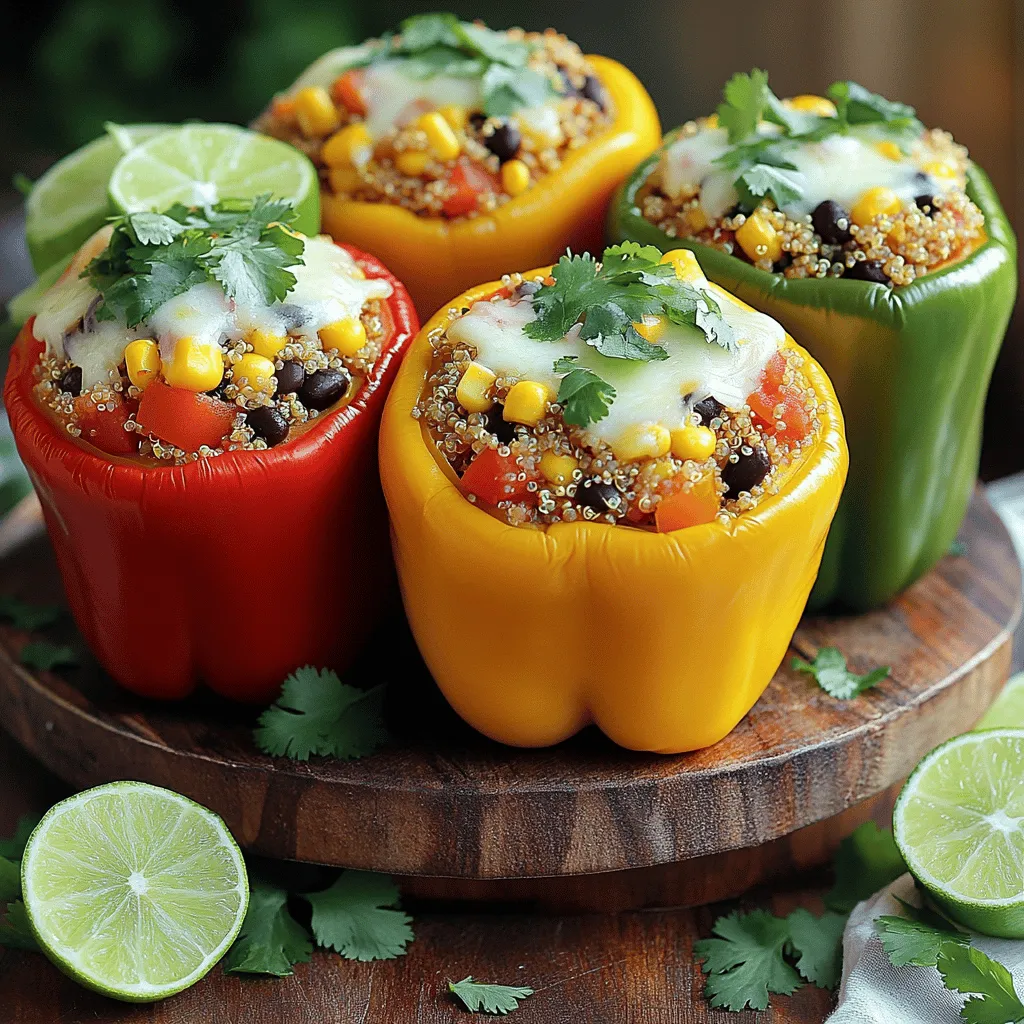
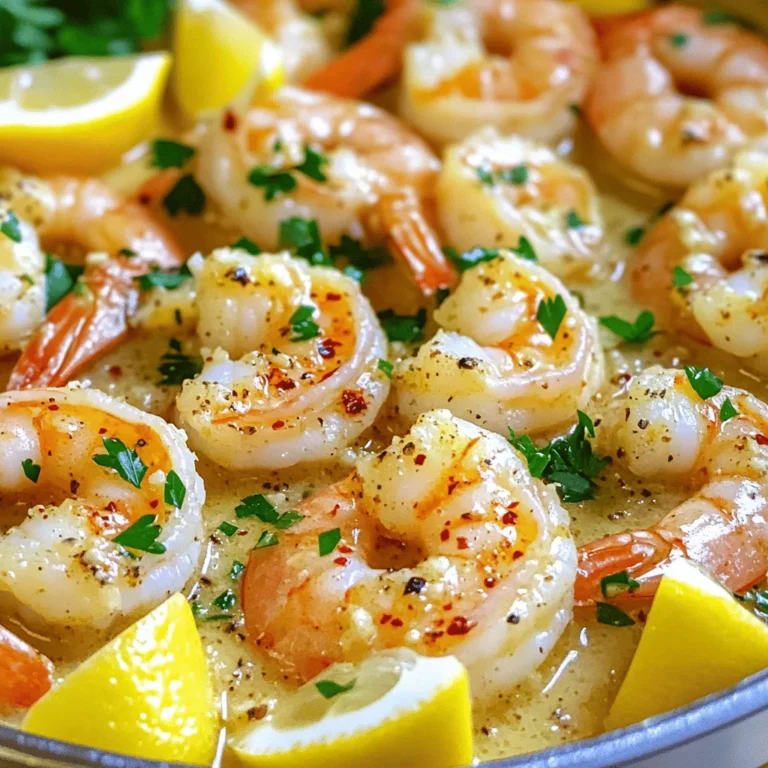
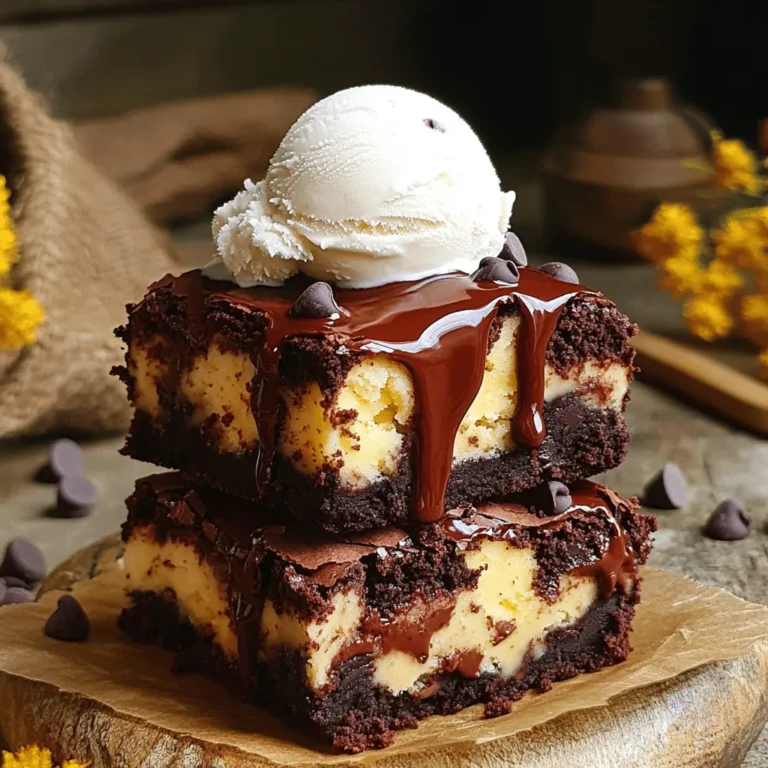
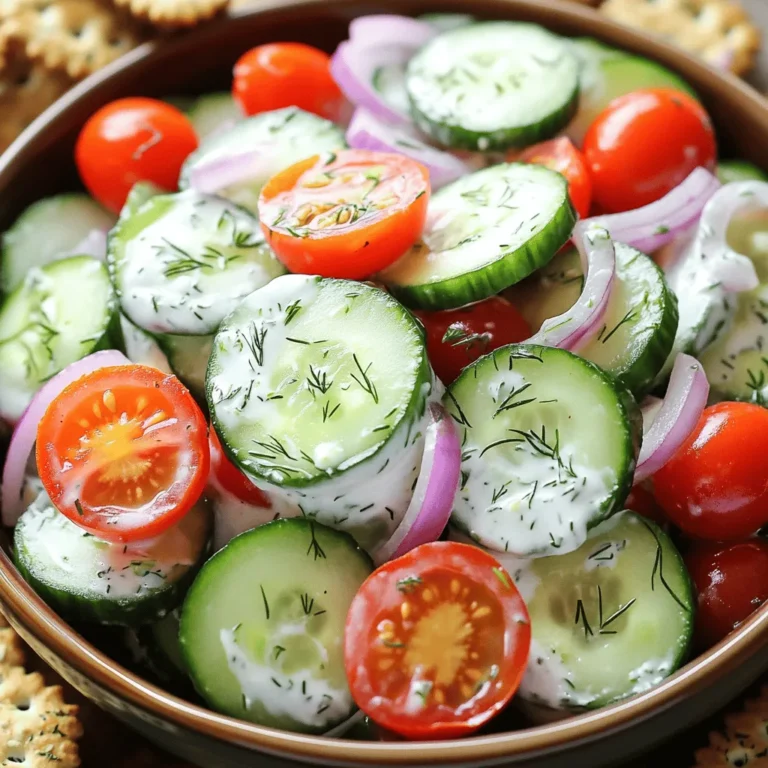
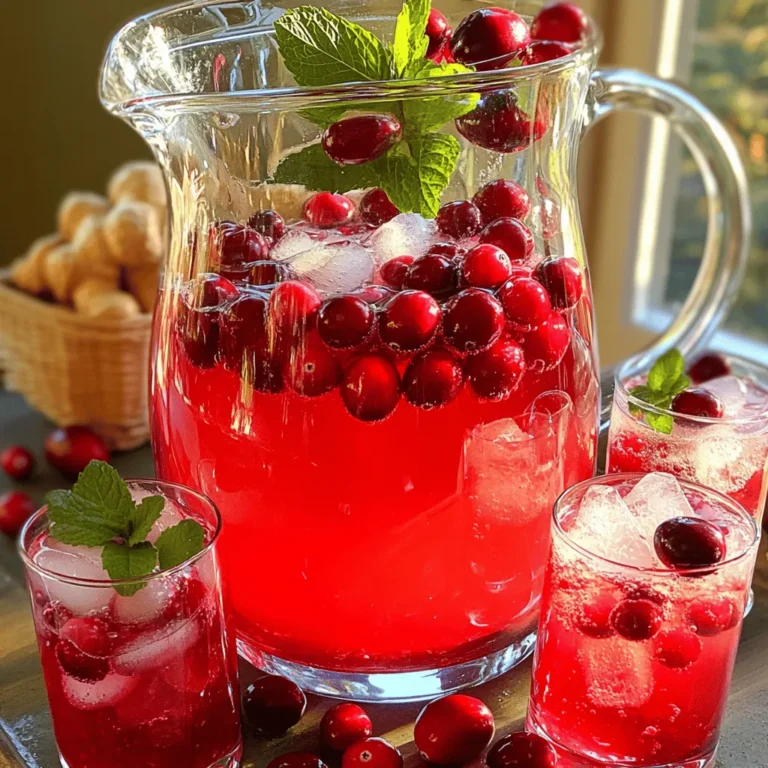

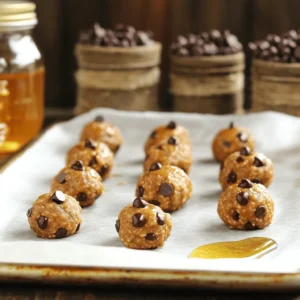
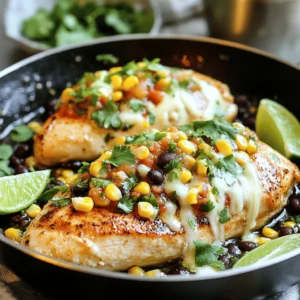

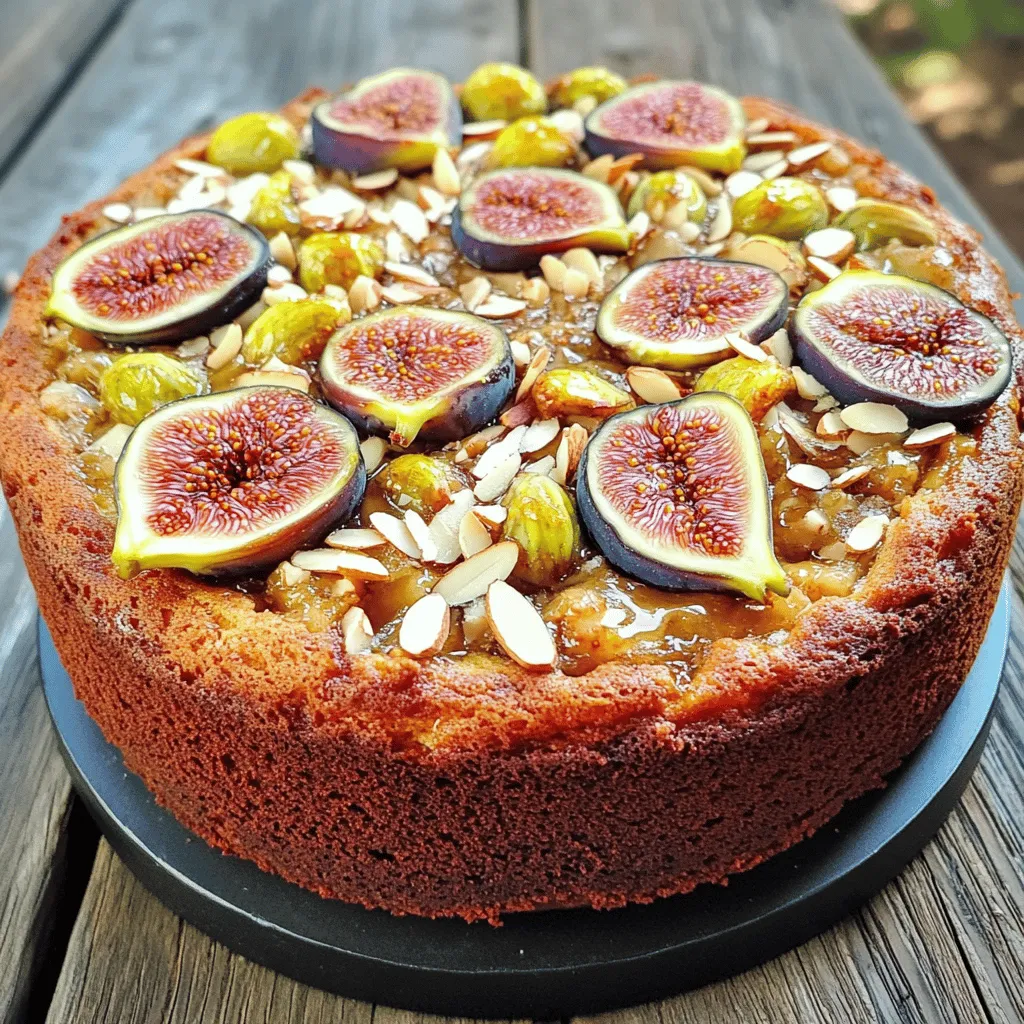
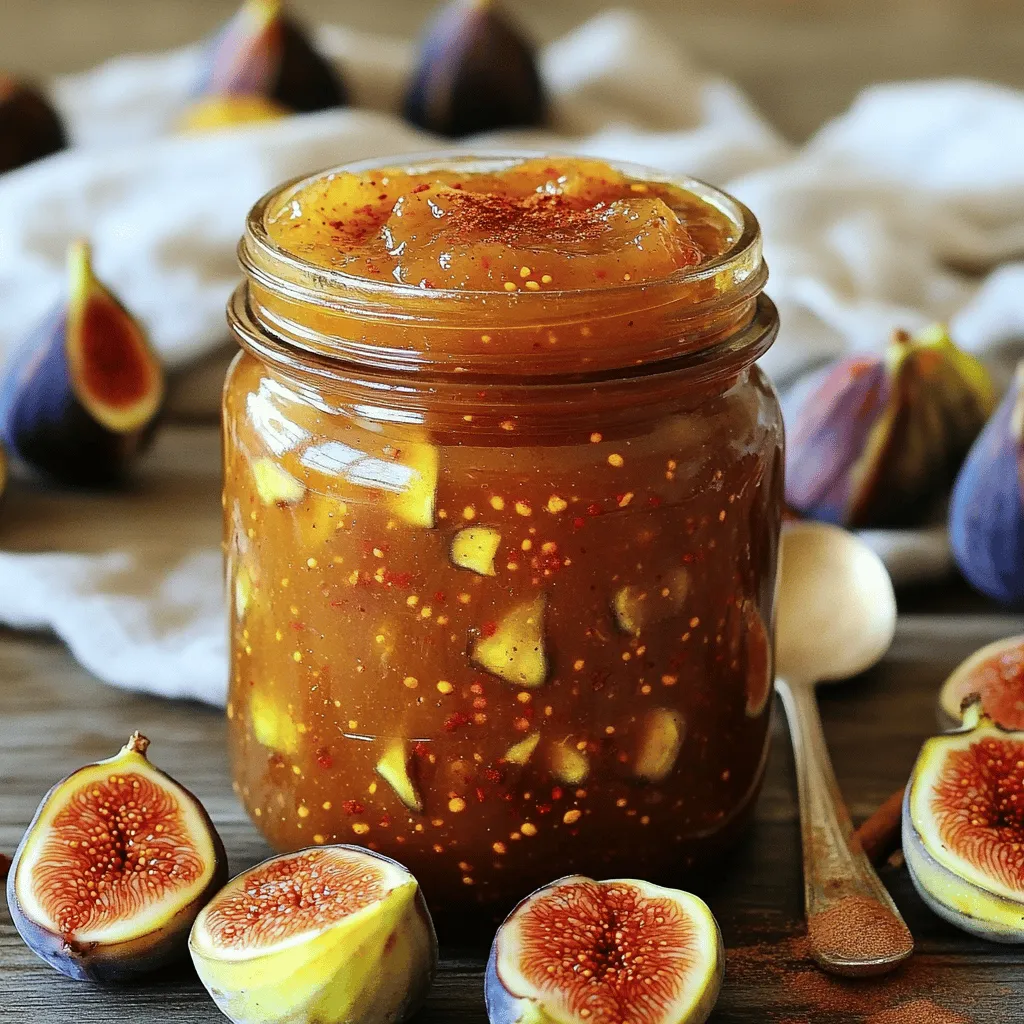

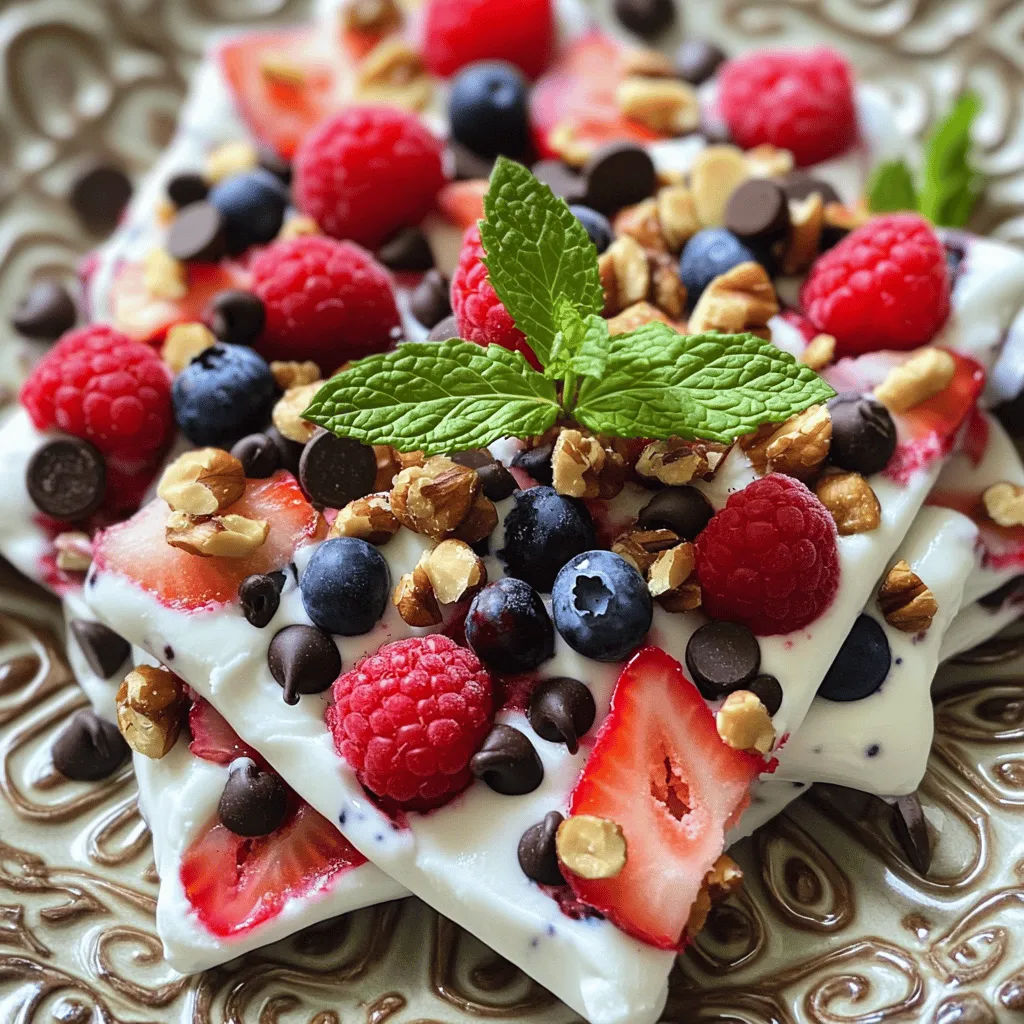
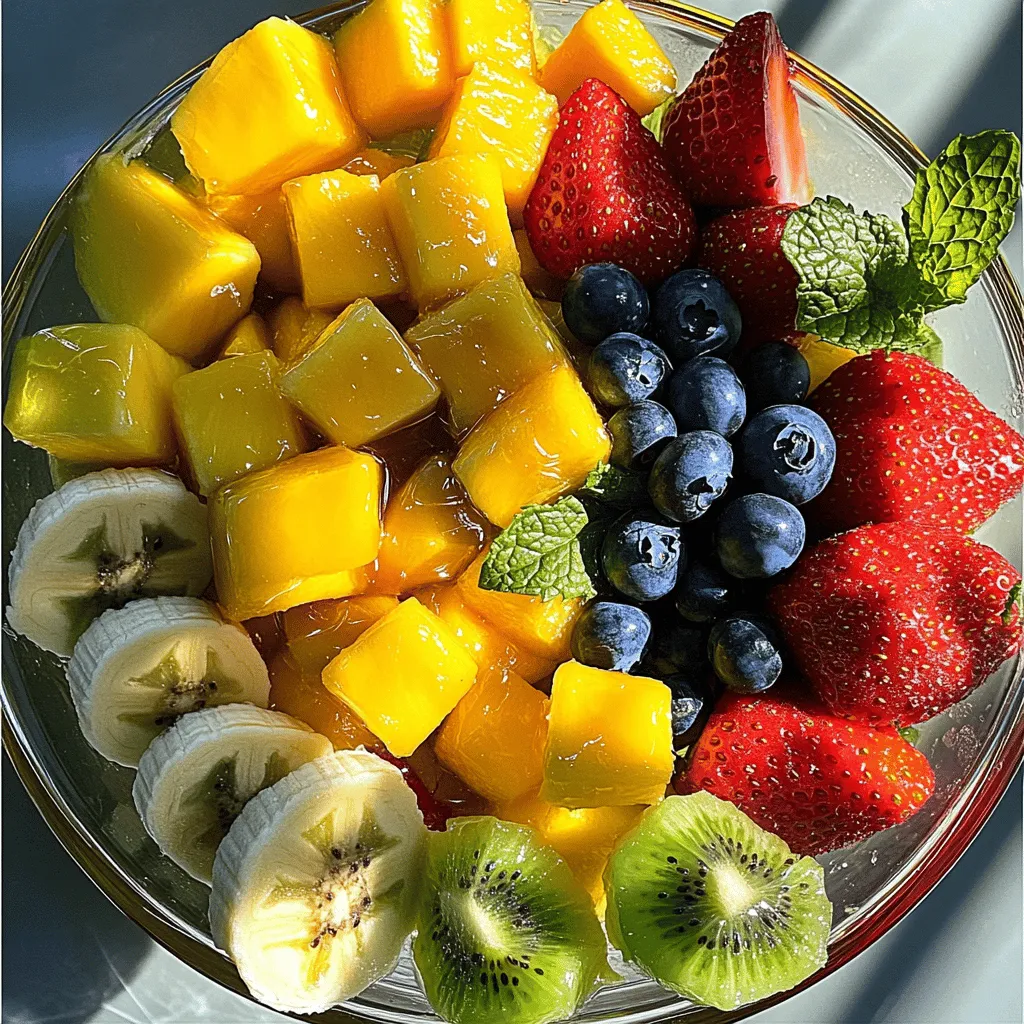
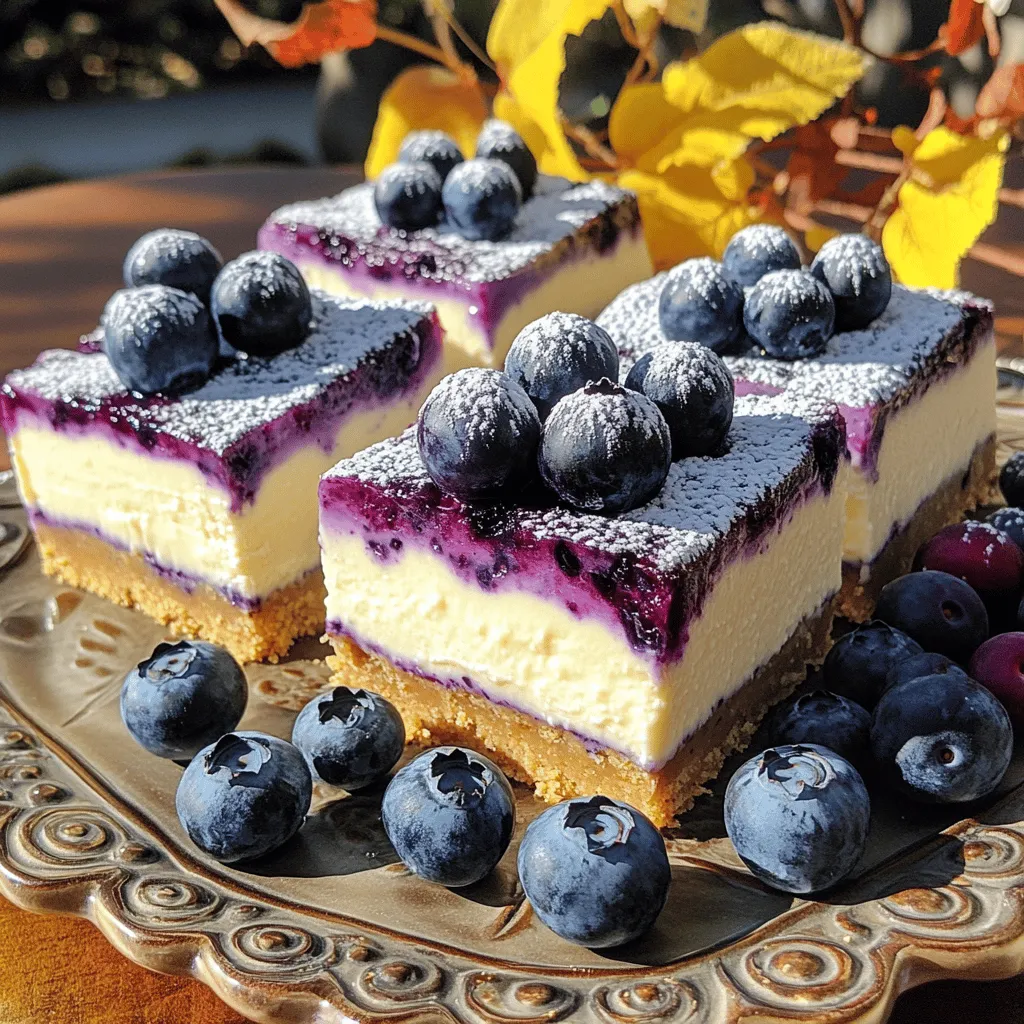

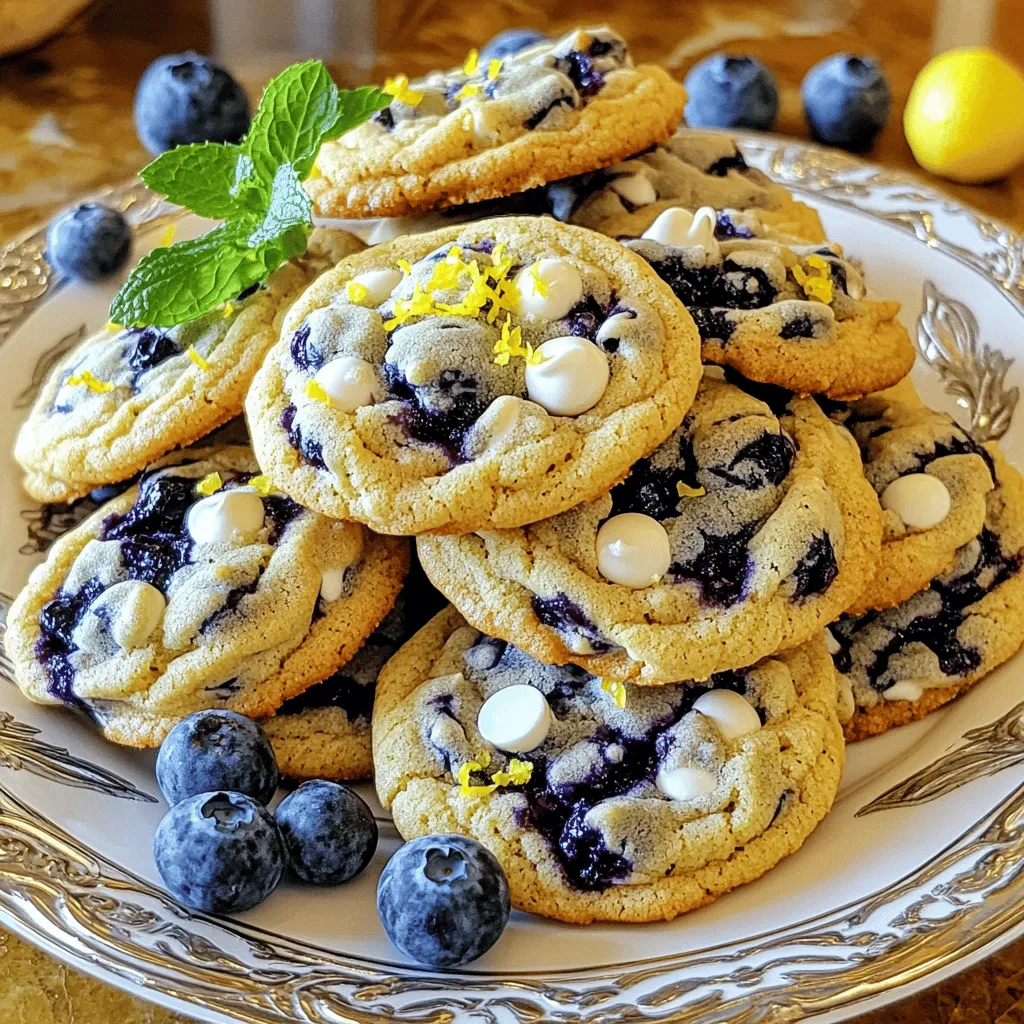
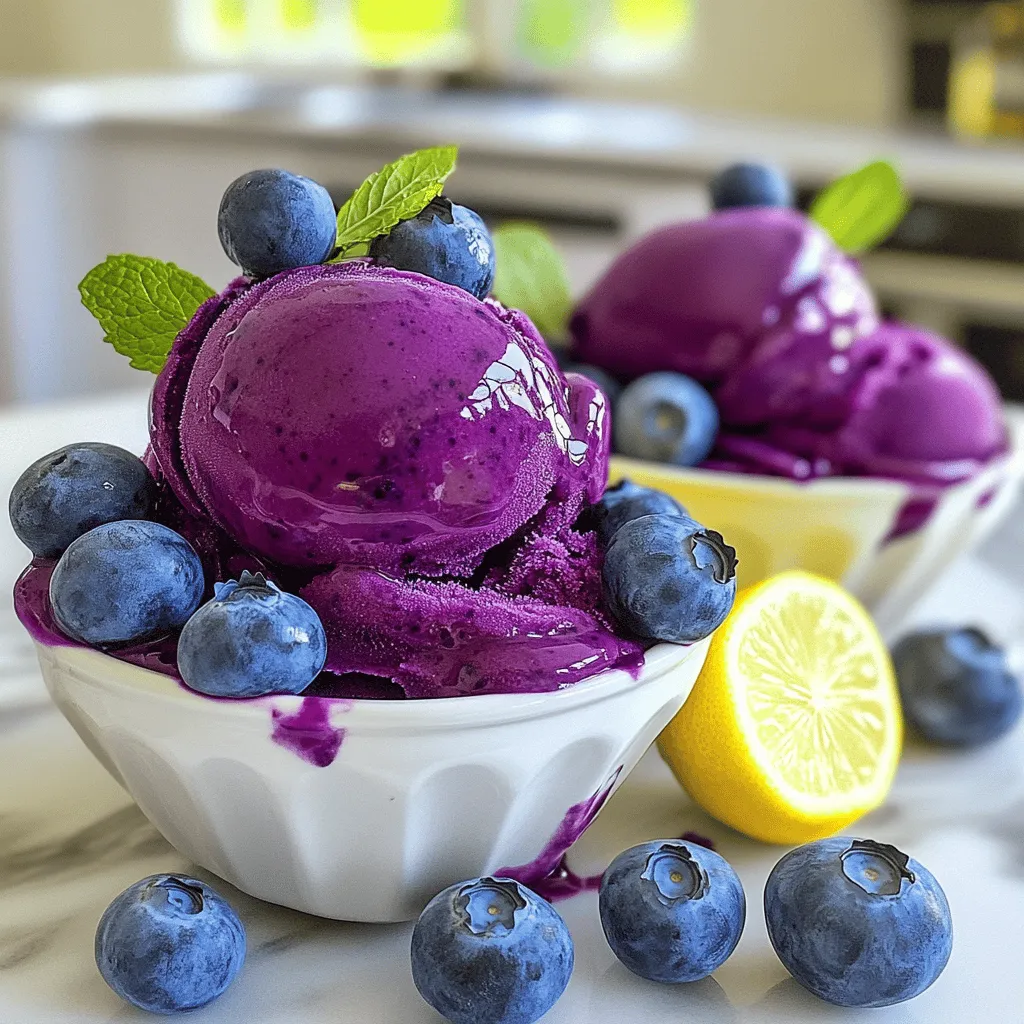


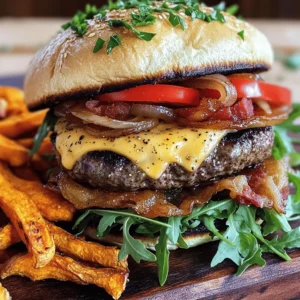
![- 1 lb boneless chicken breast, cut into bite-sized pieces - 1 tablespoon coconut oil - 1 medium onion, diced - 3 cloves garlic, minced - 1 tablespoon fresh ginger, grated - 1 can (14 oz) coconut milk - 1 cup chicken broth - 1 bell pepper, sliced - 1 medium zucchini, sliced - 1 cup snap peas The chicken breast forms the heart of this dish. It absorbs the rich flavors and cooks perfectly when diced small. I love using coconut oil for its light taste and high smoke point. Onions, garlic, and ginger create a base that fills your kitchen with amazing aromas. Fresh vegetables add color and crunch. I prefer bell peppers, zucchini, and snap peas for their vibrant look and taste. These vegetables cook quickly, keeping their shape and nutrients. - 2 tablespoons red curry paste - 2 tablespoons fish sauce - 1 tablespoon brown sugar - Juice of 1 lime Red curry paste brings warmth and depth. It combines chili, garlic, lemongrass, and spices, making each bite exciting. Fish sauce adds a savory note, balancing the dish well. Brown sugar gives a hint of sweetness, while lime juice brightens everything up. - Fresh cilantro, chopped - Cooked jasmine rice Cilantro adds freshness and a pop of green. I always sprinkle it on top before serving. Jasmine rice is the perfect side. Its fluffy texture soaks up the curry, making every bite satisfying. For the full recipe, check out the [Full Recipe]. 1. Start by heating coconut oil in a large skillet over medium heat. 2. Add the diced onion and sauté for about 2-3 minutes until it turns soft and clear. 3. Next, stir in the minced garlic and grated ginger. Cook for one more minute until you smell the spices. 1. Now, add the chicken pieces into the skillet. Cook them until they are no longer pink, which takes about 5-7 minutes. 2. Once the chicken is cooked, stir in the red curry paste. Mix it well with the chicken and onions. This step builds a strong flavor base. 1. Pour in the coconut milk and chicken broth. Stir everything together until well combined. 2. Bring this mixture to a gentle simmer. Then, add the sliced bell pepper, zucchini, and snap peas. 3. Let it simmer for 5-7 more minutes until the veggies are tender but still bright. 4. Finally, stir in the fish sauce, brown sugar, and lime juice. Taste and adjust the seasoning if needed. This simple yet flavorful process brings out the best in Thai Coconut Curry Chicken. For the full recipe, check the earlier section. Adjusting spice levels To make your curry just right, taste as you cook. Start with a small amount of red curry paste. You can always add more if you want extra heat. If it gets too spicy, add more coconut milk to cool it down. Ensuring tender chicken Cook the chicken pieces until they are no longer pink. This usually takes about 5-7 minutes. Overcooking can make the chicken tough. Always check the chicken’s internal temp; it should reach 165°F (75°C) for safety. Best sides to serve with Serve your curry with jasmine rice. The rice soaks up all the tasty sauce. You can also add a side of cucumber salad for a fresh crunch. Alternative garnishing ideas Fresh cilantro adds a nice touch. You can also use lime wedges for a tangy kick. If you want more color, try adding sliced red chili on top. Overcooking veggies Cook veggies until they are tender but still bright. This keeps them crisp and colorful. Overcooked veggies can turn mushy and lose their flavor. Not balancing flavors Taste your curry before serving. If it’s too salty, add a pinch of sugar. If it’s too sweet, a squeeze of lime can help. Finding the right balance makes the dish shine. For a detailed guide, check the Full Recipe. {{image_2}} You can switch up the protein in this dish. If you want to use shrimp, add it in the last few minutes of cooking. Shrimp cooks fast and will stay juicy. For a plant-based option, try tofu. Cut firm tofu into cubes. Sauté it until golden before adding it to the curry. If you prefer beef, you can substitute chicken with thinly sliced beef. Cook it first until it's browned. Then, follow the same steps as you would with chicken. You can make this dish even better by adding more veggies. Seasonal vegetables work great. Try carrots, broccoli, or bell peppers for color and crunch. You can also add zucchini for a nice texture. Incorporating leafy greens like spinach or bok choy adds nutrition. Just toss them in at the end of cooking. They will wilt quickly and retain their bright color. For a gluten-free version, substitute fish sauce with soy sauce or tamari. This will keep the salty flavor without gluten. To make a fully plant-based version, leave out the chicken and fish sauce. Add more vegetables or beans for protein. You can also use vegetable broth instead of chicken broth. This way, you keep all the flavor and make it suitable for vegans. For the complete recipe, check the [Full Recipe]. Thai Coconut Curry Chicken stays fresh for about 3-4 days in the fridge. Make sure to cool the dish to room temperature before storing it. Use an airtight container to keep the flavors intact. This way, you can enjoy the rich taste later in the week. You can freeze Thai Coconut Curry Chicken for up to 3 months. Portion it into meal prep containers for easy meals. To freeze, let the dish cool completely. Then, cover it tightly with plastic wrap or foil before sealing it in a freezer bag. When you’re ready to eat, thaw it overnight in the fridge. This keeps the texture nice. You can also use the microwave for a quicker option, but I recommend the fridge for best results. To reheat, use the stove for best flavor and texture. Warm it gently over medium heat until hot. Stir often to prevent sticking. You can also microwave it, but be careful not to overcook it. This dish tastes best when it’s just heated through. Enjoy it over fresh jasmine rice for a delightful meal. For the complete recipe, check out the Full Recipe. If you want a non-dairy option, almond milk works well. Use unsweetened almond milk to keep the flavor in check. You can also use cashew milk or soy milk. For a thicker texture, blend soaked cashews with water. For low-fat options, try using light coconut milk. This still gives a nice coconut flavor but with less fat. Another option is to mix chicken broth with a splash of coconut extract. This keeps some flavor without the creaminess. The spice level can vary based on the curry paste used. Some pastes are mild, while others pack a punch. You can adjust the heat by adding less curry paste. Start with one tablespoon and taste as you go. If you want more heat, add chili flakes or fresh chilies. Remember, you can always add more spice, but it’s hard to take it away. So, go slow to find your perfect heat level. Yes, you can make this dish ahead. I recommend cooking it and then cooling it down before storage. Store it in an airtight container in the fridge for up to three days. For meal prepping, cook the chicken and sauce first. Then, add fresh veggies later to keep them crisp. This helps the flavors meld together nicely. Reheat gently to avoid overcooking the chicken or veggies. You can also freeze the curry. Just let it cool, then transfer it to a freezer-safe container. It will stay fresh for up to three months. When ready to eat, thaw in the fridge overnight and reheat on the stove or microwave. Thai Coconut Curry Chicken is a flavorful dish packed with fresh ingredients. We explored key components like chicken, coconut oil, and vegetables, along with essential spices such as red curry paste and fish sauce. I shared step-by-step cooking instructions to ensure you achieve the perfect curry. Remember to adjust spice levels based on your taste. With tips for different proteins and storage advice, this dish is versatile and easy to enjoy. Use these ideas to create a delicious meal that fits your needs. Cooking Thai coconut curry at home can be both fun and rewarding.](https://foodishtalk.com/wp-content/uploads/2025/06/fb555cd1-bbb9-42b7-9087-7639f6ec817e-300x300.webp)


